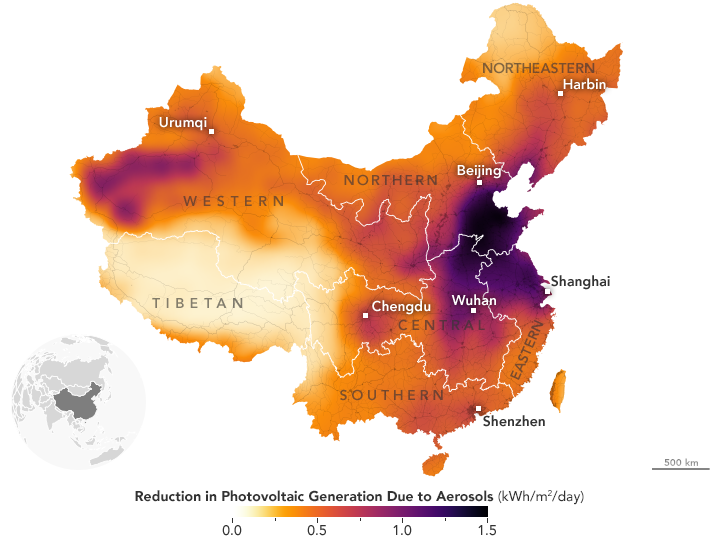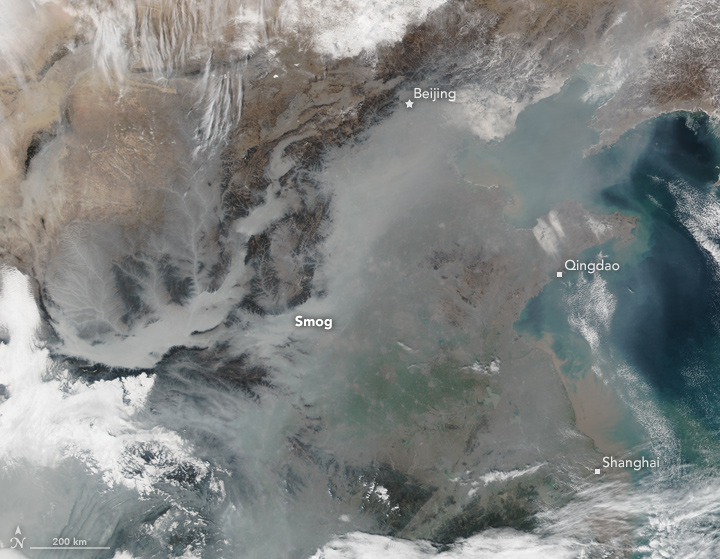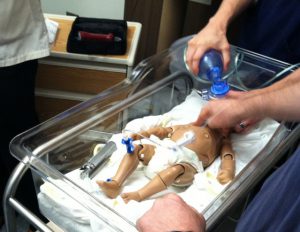Archive for April, 2018
At least 29 people died in the two explosions on Monday morning in Kabul, Afghanistan
Monday, April 30th, 2018“…..The first blast took place at around at 8 a.m. local time in the Shashdarak area of the city, where the US embassy and Afghan government buildings are located, prompting journalists to rush to the scene.
US experts sound off: The USA ‘….is “woefully unprepared for these biological threats” in an increasingly interdependent world……’
Monday, April 30th, 2018- James Lawler is “…a retired Navy commander whose experience includes serving as director for medical preparedness policy on the National Security Council and director for biodefense policy on the White House’s Homeland Security Council…”
- “….Kenneth Luongo, president and founder of the Partnership for Global Security, echoed that the U.S. “remains woefully underprepared” for a biological attack or a “new intensity level” of pathogens…..”
- “….Former USAID Director Andrew Natsios, director of the Scowcroft Institute of International Affairs, told the panel that the country is “a lot more fragile than we realize” when it comes to emergency response….”
Democratic Republic of Congo: A recent wave of brutal fighting has broken out in Ituri province leading to 260 deaths and the flight of hundreds of thousands.
Monday, April 30th, 20184/29/1991: A devastating cyclone hits Bangladesh, killing more than 135,000 people.
Sunday, April 29th, 2018Escaping from Disaster: Venezuelans overwhelms northern Brazil as the humanitarian crisis deepens
Sunday, April 29th, 2018“…..During the early months of this year, 5,000 Venezuelans were leaving their homeland each day, according to the United Nations. At that rate, more Venezuelans are leaving home each month than the 125,000 Cuban exiles who fled their homes during the 1980 Mariel boat crisis and transformed South Florida.
If the current rate remains steady, more than 1.8 million Venezuelans could leave by the end of this year, joining the estimated 1.5 million who have fled the economic crisis to rebuild their lives abroad……”
NASA: China’s skies are blanketed by white and gray clouds of air pollutants.
Sunday, April 29th, 2018
On some hazy days, particularly in winter, China’s skies are blanketed by white and gray clouds of air pollutants. New research shows that such smog not only dims the daylight and makes the air hard to breathe, but it reduces the amount of sunlight reaching China’s solar panels.
In the new study, researchers at Princeton University examined how solar power resources in China are affected by atmospheric aerosols — small liquid and solid particles that can scatter sunlight back into space or increase cloud formation. The researchers used surface irradiance data from NASA’s Clouds and the Earth’s Radiant Energy System (CERES) and a computer model that calculates the impact of aerosols and clouds on surface radiation by examining the amount of solar energy falling on Earth’s surface.
The visualization at the top of the page shows the average effect of aerosols on the amount of radiation reaching the land surface of China between 2003 and 2014. Northwestern and eastern China, the nation’s most polluted regions, experienced the biggest dips. The researchers found that in the most polluted areas, available solar energy decreased as much as 35 percent, or 1.5 kilowatt-hours per square meter per day. That is enough energy to power a vacuum cleaner for one hour, wash twelve pounds of laundry, or run a laptop for five to 10 hours.
The results surprised the team. “When I asked around before conducting this study, people did not think aerosols would be a big deal in reducing solar energy potential,” said Xiaoyuan (Charles) Li, the lead author of the paper and who recently graduated from Princeton with a PhD in Environmental Engineering. “There are a lot of cloudy days in China, and clouds are considered to be the major factor in reducing surface solar radiation.”

But the study showed that wintertime aerosols had nearly the same sunlight-blocking effect as clouds in northern China, as shown in the graphs above. Li noted that aerosols are more prevalent in China in the winter because coal is often burned for heat. In Beijing, the mountainous terrain also traps air masses, making it harder to blow aerosols away from the surface.
The natural-color image above shows thick haze over eastern China on January 25, 2017, as observed by the Visible Infrared Imaging Radiometer Suite (VIIRS) on the Suomi NPP satellite. Milky, gray smog blankets many of the valleys and lowlands. Atmospheric gases and pollutants are trapped near the surface in basins and valleys.
“As China’s current efforts in fighting air pollution continue the benefit is not only for human health, but could also improve the efficiency of solar panels,” said Li. By addressing its air pollution problem, China could improve its chances to meet its goal of producing 10 percent of the nation’s electricity through solar energy by 2030.
-
References and Related links:
- NASA Earth Observatory (2010, November 2). Aerosols: Tiny Particles, Big Impact.
- NASA Earth Observatory (2016, December 24). Smog Puts Dozens of Chinese Cities on Red Alert.
- NASA Earth Observatory (2017, January 26). Thick Haze in Eastern China.
- Li, X., et al. (2017, October 24). Reduction of solar photovoltaic resources due to air pollution in China. Proceedings of the National Academy of Sciences of the United States of America.
- Princeton University (2017, October 23). Air Pollution Cuts Solar Energy Potential in China. Accessed April 23, 2018.
NASA Earth Observatory images (first, second) by Joshua Stevens, using data from Li, Xiaoyuan, et al. (2017). NASA image (third) by Jeff Schmaltz, LANCE/EOSDIS Rapid Response. Story by Kasha Patel.
The Venezuelan health system: A total collapse
Sunday, April 29th, 2018“…..a 65% increase in maternal mortality and a 30% increase in infant mortality, with 11 466 infants dying during 2016. It also revealed that while Venezuela had been the first country in the world to eliminate malaria in populated areas, this and other diseases such as diphtheria, which had previously been controlled, had returned in several outbreaks.…..most laboratory services and hospital nutrition services are only available intermittently or are completely inoperative. Shortages of items such as basic medicines, catheters, surgical supplies, and infant formula are highlighted in the survey; 14% of intensive care units have been shut down because they are unable to operate and 79% of the facilities analysed have no water at all.……..”
Is it possible? 2 doses a year of an antibiotic can sharply cut death rates among infants in poor countries.
Saturday, April 28th, 2018“…..In the study — known as the Mordor trial and published in the New England Journal of Medicine — 190,238 children under age 5 in 1,500 villages in Malawi, Niger and Tanzania were given one dose of azithromycin or a placebo every six months for two years.
Overall, there were 14 percent fewer deaths among children getting the antibiotic; the reduction was strongest in Niger, where infant mortality is highest.
The protection appeared to be greatest for infants aged 1 month to 5 months; the antibiotic prevented one in four deaths in this group…..”




